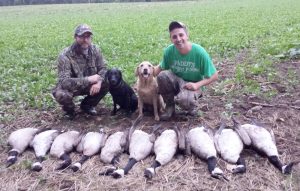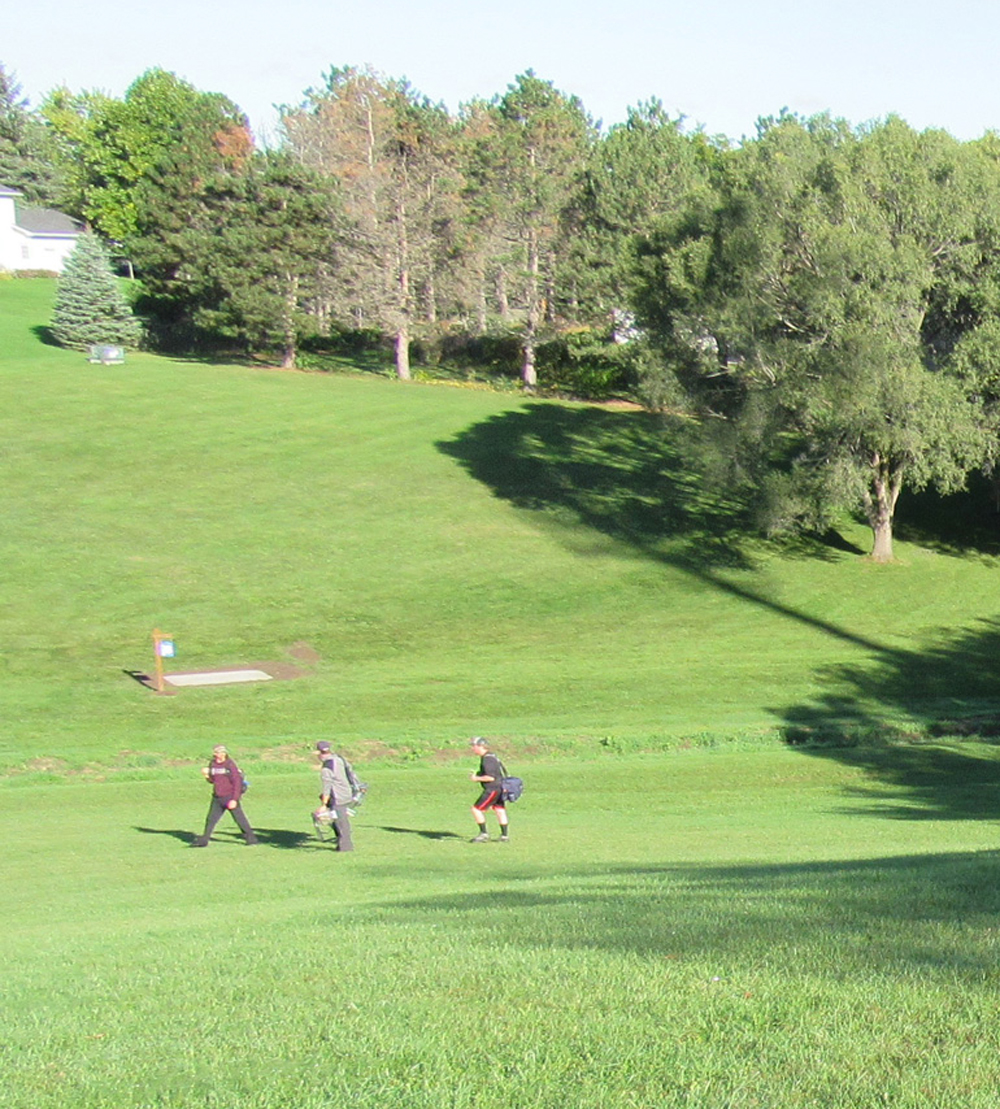September marks American Goose Season
Well, there is some good news and some bad news. The good news is that the early goose season opens on September 1, the bad news is that the summer is slip sliding away (no, Paul Simon got it from me). This year the season runs from September 1 to September 25.

When the New York State’s Department of Environmental Conservation (DEC) established its early goose season in the early 1990’s there were an estimated 130,000 resident geese in the state; now there are close to 250,000. These resident geese should be called American geese rather than Canadian geese because they are now living here year-round. They nest and raise their young here, who then in turn imprint on this area, continuing the cycle.
All the local geese need is open water to roost on at night and they will stay all year, never migrating at all while depositing their goose berries on sports fields, golf courses, mall parking lots, and almost every housing track that has a pond. They are as common as seagulls.
When I was kid back during the Calvin Coolidge administration (give or take a president) geese were seen only in the spring and fall. You would see them migrating over and get excited because it was a true indicator that the seasons were changing.
The DEC recognizes the problem and has lifted many of the restrictions that are mandatory for the regular goose season. During the September goose season in Western New York, hunters are allowed to harvest up to 15 Canada geese per day. In addition to the higher bag limit, shooting hours are extended to one-half hour after sunset instead of the usual closing at sunset.
Hunters are now allowed to use electronic calling devices to help entice geese within shooting range, plus use shotguns capable of holding more than three shells at a time, but no more than seven.
To participate in the September Canada goose hunting season, hunters must have a new 2017-18 hunting license with small game hunting privileges. Remember that under the new license structure, your license year starts on September 1, not October 1 anymore. Also, you need a new HIP number Migratory Bird Harvest Information Program (HIP). HIP registrations expire on June 30 annually, so all hunters must register now to hunt during September. To register in HIP, call toll-free 1-888-427-5447 (1-888-4 ASK HIP) or visit the New York’s Migratory Bird Harvest Information Program website.
Hunters aged 16 years of age or older must also have a new federal duck stamp to hunt during the September goose season. Federal duck stamps cost $25 and are available at most post offices and some sporting goods stores. Stamps must be signed across the face by the hunter before they become valid, but they do not have to be attached to the hunting license.
As far as having success hunting early geese, the first thing you need to do is scout for birds. It is extremely important to know where the honkers are loafing or feeding. Don’t expect to just put your decoys out in a field because there are geese in the area and assume you’ll do well. You need to be where they want to be. At this time of year, geese can be found feeding in recently cut wheat stubble or freshly cut hay fields. They love the new shoots of grasses that pop up.
Once you find a field or pond that these American geese are using, you obviously need to get permission from the land owners. The tricky part here is finding out who owns the property. There is a fantastic smart app out now, ONX Hunt maps, and for $30 a year it not only shows you the property borders, it will also tell you who owns that block of land and provide the property owner’s address. Getting permission to hunt nuisance geese seems to be much easier than getting permission to hunt deer or turkeys. Most everyone recognizes there are too many of the flying manure machines.
Surprisingly, the local geese can be harder to hunt than the migrants. The reason for this is the birds have spent the summer in the area and know every detail of these locations. If something looks out of the norm, they will just find another field to feed in.
The early goose season doesn’t demand huge decoy spreads like you would need in the regular goose season when you are trying to fool new geese migrating into the area. With resident geese it is best to try and match the number of birds you see in the field.
Lay-out blinds are usually the best way to hide. Most geese will decoy much better to the middle of a field rather than close to hedgerows of wood lines and the coffin-like lay-out blinds work best for this. I can’t emphasize enough how important it is being completely hidden. Chances are good that the geese have been feeding in the field for a few weeks and they will spot anything out of order, so stubble up your blinds like you’re hiding from the police and you will be okay. But please no face paint. It screams poser.
Give these early geese a try. The temperatures you will be hunting in are much friendlier than hunting late season geese, that’s for sure. And don’t forget that the DEC changed the license structure a few years back. It’s not what we’ve all been used to for many years. The license now runs from September 1 to August 31. You need a whole new small game license, HIP number and duck stamp to chase these September geese.



